The chart below illustrates estimated loan amounts that correspond to sample monthly payments under various interest rate scenarios. Financing examples below are for illustrative purposes only and are not commitments to lend. Rates, terms and conditions are subject to change without notice.
Monthly payments are principal and interest only and do not include taxes, insurance or any other fees that may apply, which will result in a higher actual payment. Example APRs are based on the loan amount shown and assume 3% closing costs and 20% down payment.1 Sample payments and rates are based on a 30-year fixed interest rate loan program. The APR you receive may be higher than depicted below, depending upon loan balance, current guidelines and other factors.

What can I afford?
A housing payment-to-income ratio should be about 30%. In the end, your debt-to-income ratio (your monthly debt including house payment in relation to your gross monthly income) should be no more than 36%. Use the following mortgage calculator to get a better handle on how your income, debts, and expenses affect what you can afford.
Estimate your debt to income ratio…
Know your credit score
A good credit score is a necessary requirement to gain access to today’s low interest rates.
A few months before you start house hunting, get copies of your credit report. You can get a free copy of your report once a year from each of the three credit bureaus at AnnualCreditReport.com
Make sure the facts are correct, and fix any problems you discover. Make sure your credit history is as clean as possible. Lenders are unwilling to grant credit if there’s a very high risk of you defaulting on your mortgage. A high score means you are a low risk.
Your lender will pull a credit report as well. What is on that report (and not a report you give them) will determine the score on which they determine credit.
“Points” can improve your interest rate
When picking a mortgage, you usually have the option of paying additional points — a portion of the interest that you pay at closing — in exchange for a lower interest rate. Points are additional charges imposed by the lender that are usually prepaid by the consumer at settlement but can sometimes be financed by adding them to the mortgage amount. One point equals one percent of the loan amount. If you stay in the house for a long time — say three to five years or more — it’s usually a better deal to take the points. The lower interest rate will save you more in the long run.
Lock in those interest rates
If you wait too long and interest rates climb just 1%, it could cost you over $220 a month. Over a 30 year mortgage that means you will $79,200 more over the life of the loan. This chart shows how mortgage payments bite into a bigger portion of your monthly budget with each incremental interest rate increases of just .5%!
Some lenders allow you to “lock” in an interest rate, so they hold a certain interest rate and a certain number of points for you, usually for a specified period of time, while your loan application is processed.
The down payment
The greater your down payment, the better risk you are as a borrower.
Lenders look at the Loan to Value (LTV) when underwriting loans. Loan to value is the percentage of the price of the home which is the loan. For example, say home sales price is $300,000.00, your down payment is 10% (or $30,000) and your loan amount is $270,000.00. The LTV = 90% The LTV can also affect the interest rate you receive. Lenders often charge a higher interest rate for lower down payments. This is called risk-based pricing.
Having a 20% down payment, closing costs equal to about 3% to 5% of the purchase price is ideal. That way you have a good bit of equity in your house and it usually translates into a better deal.
Lenders over the last couple of years have become increasingly willing to finance as much as 95% or even 97% of a home because they have found a way to eliminate their risk. To limit their exposure, many lenders regularly sell their loans to the Federal National Mortgage Association (Fannie Mae), which then bundles them into securities which are eventually sold to investors. It used to be that Fannie Mae only would buy loans for 80% financing. But it recently standardized the lending criteria for 97% financing and will now buy these loans, making lenders much more willing to provide them to you.
It’s now common for first-time buyers to put down only 5%, or $7,500 on a $150,000 loan. Remember that with the smaller down payments you start with little equity in your home. If a 20% down payment is not made, lenders usually require the home buyer to purchase private mortgage insurance (PMI) to protect the lender in case the home buyer fails to pay. (This can top $1,000 a year if you put 5% down on a $200,000 loan).
Many low and moderate-income families cannot afford a 20% down payment. They must buy mortgage insurance to get a loan. However, families whose income is too low or whose credit rating is not good enough do not qualify for private mortgage insurance. To help these families get approval for home loans, the U.S. government offers loan guarantees to take the place of private mortgage insurance.
When you don’t have much of a down payment
Government loan guarantee programs, which can offer loans with lower down payments are offered by the Federal Housing Administration (FHA), the Department of Veterans’ Affairs (VA), and the Department of Agriculture’s Rural Housing Service (RHS). Each program has its own requirements.
In some cases you can get an FHA loan for as little as 3.5% down. Many time first-time homebuyers don’t realize you can use up to $10,000 from your IRA to purchase your first home. In many cases you can get gifts or loans from family members as long as you disclose the information to the lender.
Look into the House Key Program offered by the Washington State Housing Finance Commission for first mortgages for first-time home buyers; and, there are Second Mortgage Loans for Down Payment Assistance available when using the House Key Program. There are down payment assistance programs for those with disabilities, for teachers, veterans and those who live in certain rural areas! There is even a conventional first mortgage loan available right now through the Express Loan Program for first-time home buyers that can be used in conjunction with the House Key Plus Down payment Assistance Program!
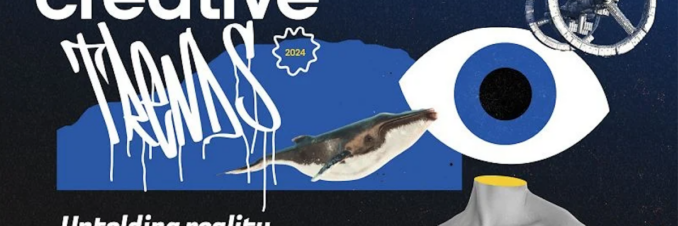
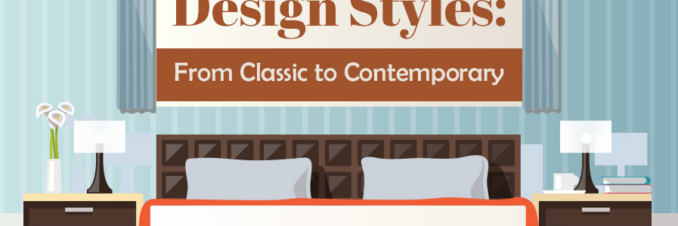
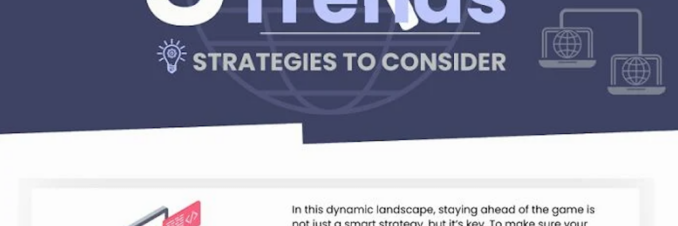
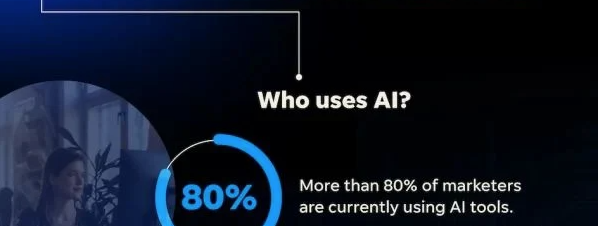
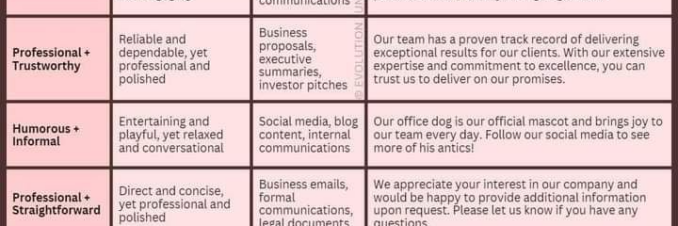
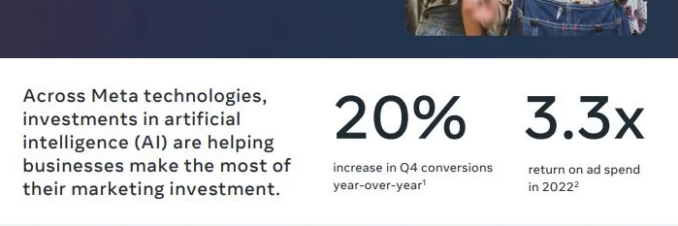
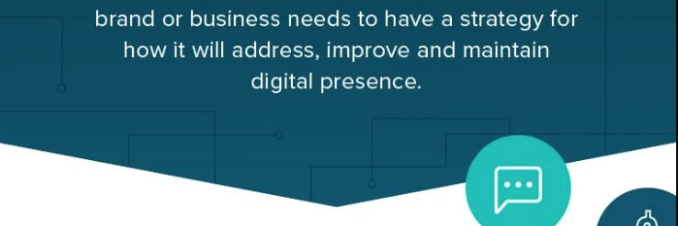
![A 44-Point SEO Checklist to Help Improve Your Process [Infographic]](http://www.emmanuelfonte.com/wp-content/uploads/2023/08/SEO-678x226.png)


